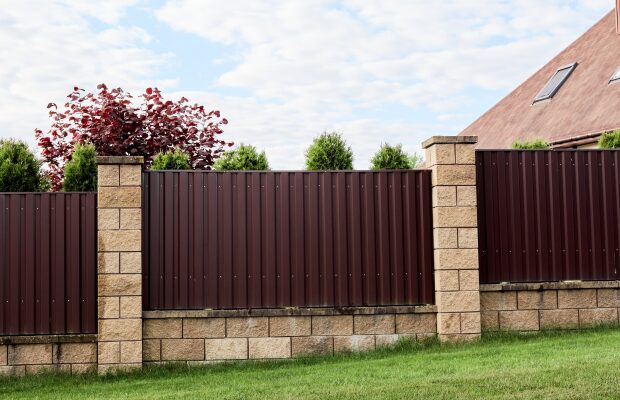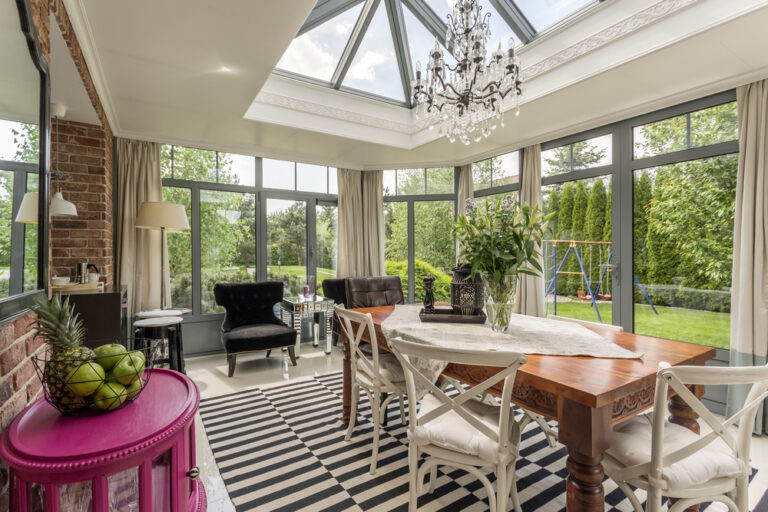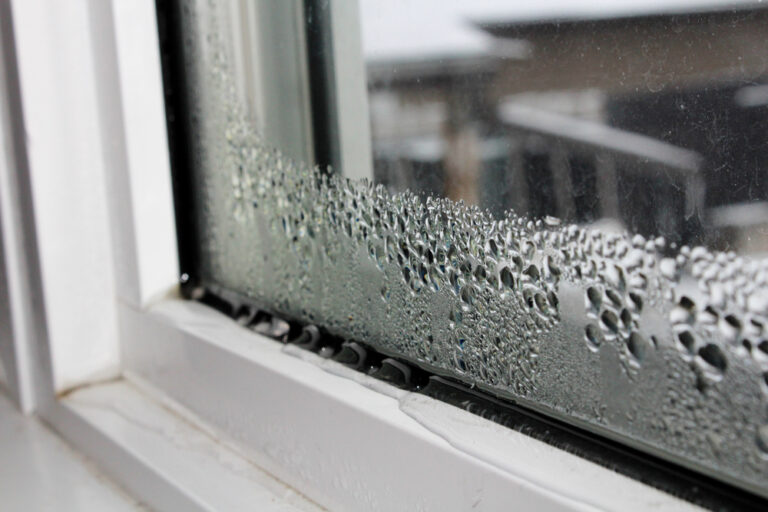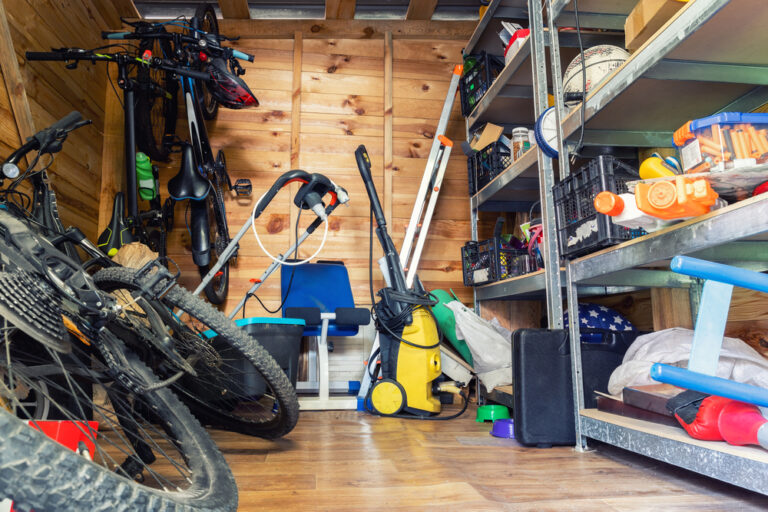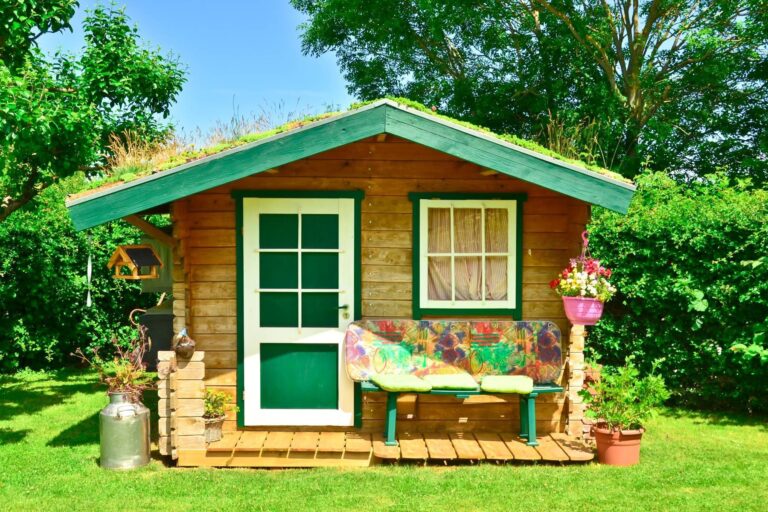The pandemic has changed the way we use our homes – and home gyms are giving home offices a run for their money in the popularity stakes.
In fact, in a recent study from Sky and Fiit, 44% of those surveyed were preferring to exercise at home rather than return to the gym.
So, if you’re planning to workout at home more regularly in the post-pandemic world, how do you go about creating your own gym?
We’ll explain everything you need to know here…
Where to build your home gym
The first decision you’ll need to make when thinking about creating your own home gym is where you’re going to put it.
Much of this decision will depend on your budget as much as the actual space you have available, so we’ll also look at the potential costs involved, too.
1. A spare room gym
For most people, the most convenient and cost-effective place to put their home gym will be a spare bedroom.
You’ll need to consider the equipment you want for your home gym and how well it will fit and work in the space you have.
You might also want to think about how you’ll decorate the space to encourage you to work out and add a layer of comfort when you’re doing so.
Things you’ll need for a great spare room gym
• Good ventilation
• Large mirrors so you can perfect form
• Gym flooring
• Personal quotes for walls and / or posters
• Good lighting
• A sound system
• A mini fridge for water and shakes
The potential cost of a spare room gym
You should be able to create a great home gym in a spare bedroom for less than £1,000, including basic level equipment:
• Dumbells – £200 to £300
• Adjustable bench – £75 to £100
• Exercise mat ¬– £10 to £15
• Resistance bands – £10 to £20
• Gym flooring – £20 to £60
• Mini fridge – £50 to £150
• Adhesive wall mirrors – £100
• Bluetooth speaker – £50 to £150
Can you put a home gym on the second floor?
Whether or not you should build your home gym on an upper floor of your home will largely depend on the equipment you’re using.
Here’s what you’ll need to consider:
• Floor strength – is your upstairs floor strong enough to hold large, heavy gym equipment?
• Noise – gym equipment can be noisy, so think about how working out upstairs could affect the rest of your property
• Space – is there enough room for your equipment and is the ceiling high enough?
2. A garage gym
The number of UK garages that are used, as they were originally intended, to home a car is dwindling.
In fact, even back in 2014, almost half of all garages in the UK were used for other things, according to research by the RAC.
Garages can be superb places for home gyms, but they are not the cheapest way to create one.
On the plus side, most garages have block-built walls and concrete floors, meaning they’re built to withstand heavy gym equipment.
They’re also good open spaces, meaning you may be able to bring in larger equipment like running machines or steppers.
But on the other side of the coin, you may need to install heating and electrics, as well as internal decoration to make your home gym feel like a gym and not a garage.
And this can be costly…
What you’ll need for a great garage gym
• Heating and electrics
• Possible air conditioning
• Soft gym flooring
• Wall mirrors
• Lighting and sound system
• A mini fridge
The potential cost of a garage gym
For a fully-functioning, long-term home gym in your garage, a budget of between £5,000 and £10,000 may be required:
• Heating and electrics – £500 to £1,000
• Decoration, insulation and wall lining / plastering – £1,000 to £2,000
• Gym flooring – £20 to £60
• Dumbells – £200 to £300
• Adjustable bench – £75 to £100
• Suspended punchbag – £50 to £200
• Treadmill – £250 to £400
• Spinning bike – £150 to £300
• Mini fridge – £50 to £150
• Adhesive wall mirrors – £100
• Bluetooth speaker – £50 to £150
3. A purpose-built gym
Garden offices have become hugely popular for those people working from home since the onset of the pandemic.
And if you have the space (and budget) a purpose-built home gym could be a spectacular exercise hub.
Depending on its size, you should have space for most common gym equipment, although you’ll need to factor in the additional costs of electrics, heating and decoration, as well as the build itself.
What you’ll need for a great purpose-built gym
• Outdoor space to build your gym
• Heating and electrics
• Possible air conditioning
• Soft gym flooring
• Wall mirrors
• Lighting and sound system
• A mini fridge
You may also require planning permission for a purpose-built gym, although you may be able to build under Permitted Development rights. Always check with your local planning department before starting work.
The potential costs of a purpose-built gym
You’ll need a solid budget to finish a purpose-built gym, with most costing between £15,000 and £20,000, but many larger prefabricated buildings closer to £30,000:
• Building costs – £15,000 to £30,000
• Dumbells – £200 to £300
• Adjustable bench – £75 to £100
• Suspended punchbag – £50 to £200
• Treadmill – £250 to £400
• Spinning bike – £150 to £300
• Decoration – £200 to £500
• Mini fridge – £50 to £150
• Adhesive wall mirrors – £100
• Bluetooth speaker – £50 to £150
How much value would a home gym add to my property?
A home gym could add considerable value to your property, but there are also factors that may negatively affect its valuation.
If you find a buyer who is looking for a great home gym space, they may be prepared to pay a premium.
But if you’ve converted your garage into a home gym, but your pool of buyers are keen on having a garage for additional storage, that could negatively affect your property’s saleability.
If you’re thinking you may sell your home in the near future, always consider what your potential buyers will be looking for.
And if it’s not a home gym, you may be better off using a spare room that can be easily converted back, rather than adapting a garage space or spending big on a purpose-built gym.
Further reading…
• 10 easy DIY jobs you can do yourself

